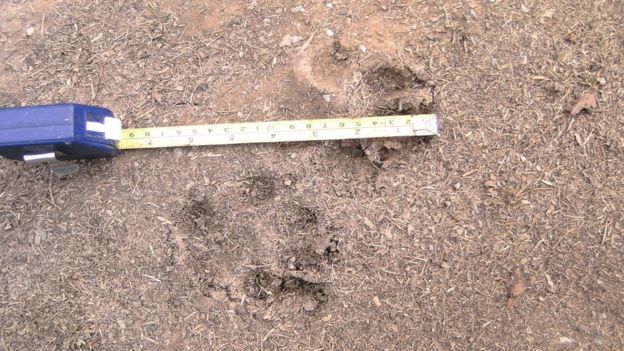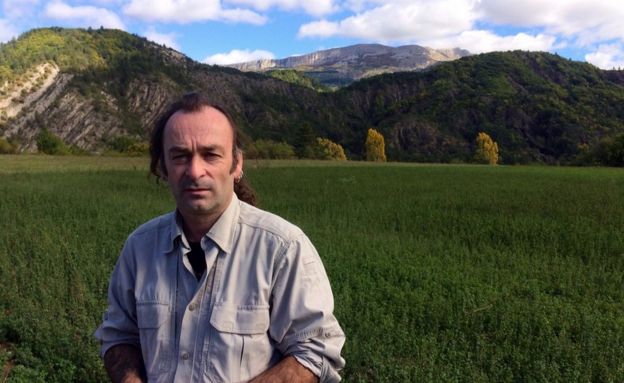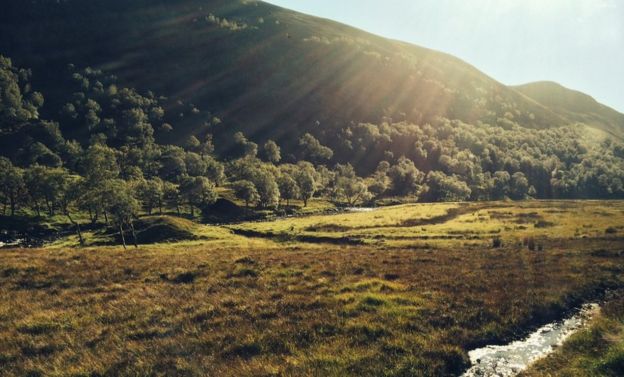- October 13, 2015
In defiance of EU law, the French government has also relaxed the hunting rules to help farmers defend stocks.
However conservationists argue that wolves are vital to ensuring a proper balance in nature.
In addition, the owner of an estate in the Scottish Highlands has said he is pressing ahead with his plan to create a fenced-in South African-style game reserve as a means of reintroducing the extinct species to the UK.
Livestock losses
There were four days of protests in the region after a summer of increasing numbers of wolf attacks on sheep. The disgruntled farmers also briefly kidnapped the head of a national park in the Alps.In response, the government has relaxed the hunting rules and has supplied wolf hunting teams with infra-red night vision equipment and specialist rifles.
In 2014, an estimated 8,500 animals were killed by wolves. It's thought that this number will rise significantly this year. The problems are mainly in the Hautes Alpes and Provence area. Therri Fadda, a shepherd in Haute Provence region recently lost six sheep in three days.\A team of five wolf hunters has been working in his local area. They identified a pack of three adult wolves and three cubs. However, after a week they failed to shoot a single one.
Mr Fadda estimates that he has lost around 10% of his flock so far this year. He doesn't believe that shepherds should be armed, but that there should be a greater awareness of the difficulties shepherds in the region are having."We have to find a balance. A wolf free in the natural world is amazing - but it's not compatible with shepherding. We can't eradicate a [a wild animal], and I wouldn't want that. But at the same time we can try to control it."
The government has now raised the limit on the number of wolves that can be culled in 2015 from 25 to 36.
Since reappearing in France in the early 1990s, there are an estimated 300 wolves in the country. According to the French Sheep Organisation (FNO), the number of animals they kill has risen by two thirds since 2011. Earlier this year, a wolf was spotted close to the capital Paris.
Expert tracker Troy Bennett said: "Because they are a protected animal there is no stopping them. I predicted ten years ago that they would be as far north as Paris, and this has become true."They normally run in a pack of around seven to 14. In spring, when they have cubs, they split off to start their own packs. They disperse all the time, and if there is food then they will just spread and spread."
"The wolf is very well adapted to its ecological niche. It can smell better than us, hear better than us, it knows the forest better than we do because it lives there constantly. Its brain works really well - when it learns something it remembers it and teaches that to its offspring. It is constantly changing and adapting to its environment."
However, conservationists argue that wolves play a vital role in protecting ecosystems.
His retriever Lincoln at his ankles, he gestures around the imposing slopes of one of the glens, pointing out how quiet it is."What we would like to do is create one big area, like an African-style game reserve and allow the wolves and bears to help manage the habitat for us," he explained. "At the moment we have to cull deer by shooting them. If you had wolves and bear here, they wouldn't concentrate in one area and be grazing the place bare. We would hope to create more woodland. And obviously the flora and fauna would change, and with the woodland there would be more bird life."
The estate has already planted close to one million saplings."We have definitely had a big part to play in making the hills look like this," says Mr MacNeill."Although people love coming up here and it's a stunning part of the world, it's not actually meant to look like this. There was a lot more forest in these glens. I don't think we can ever turn the clock back but we can certainly make significant improvements."
He believes that the wolf would play a key part in this. However there are significant legal hurdles, including the Land Reform (Scotland) Act 2003, which gives everyone a right of responsible access over most of the land and inland water in Scotland.
source






No comments:
Post a Comment